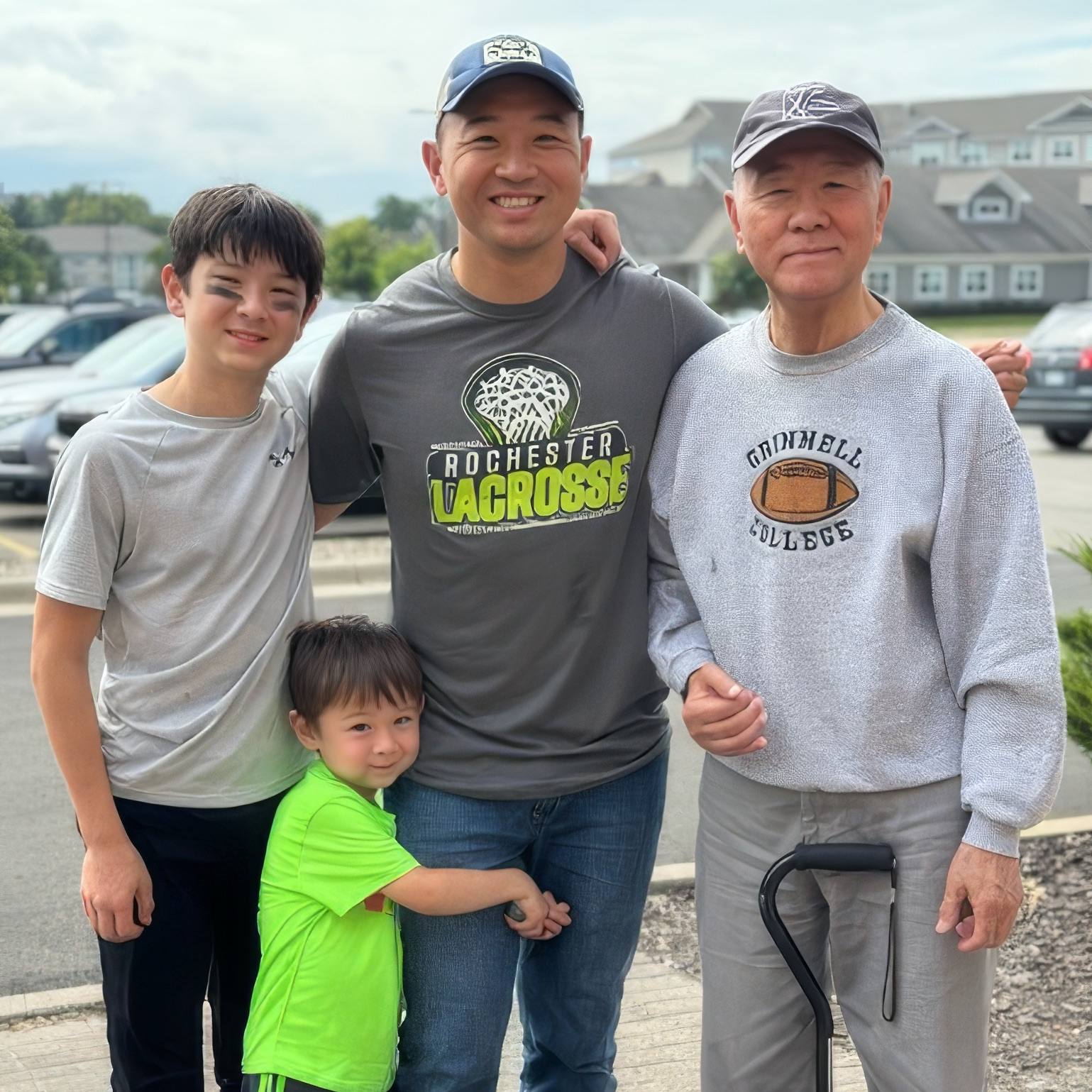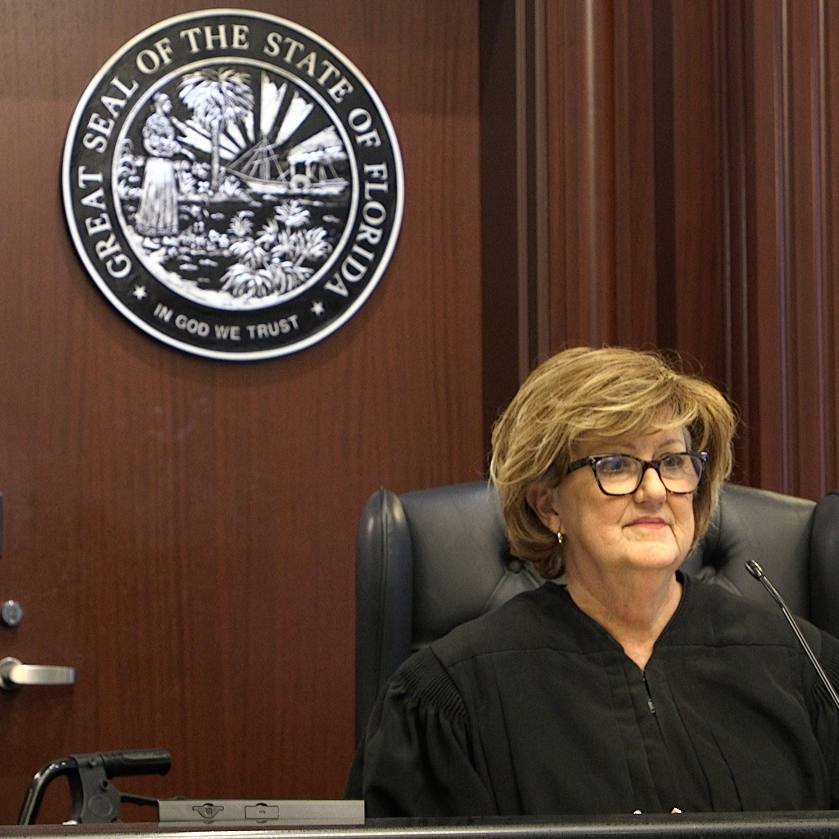-
Flashback: Transformative Gift Creates Mayo Clinic as It’s Known Today

Tuesday, Oct. 8, marked the 100th anniversary of when Dr. Will and Hattie Mayo along with Dr. Charlie and Edith Mayo signed a deed of gift that transferred ownership of the land, buildings and equipment of the medical practice from the Mayo family to Mayo Clinic. They also donated the majority of their life savings.
Philanthropy and sacrifice have long marked the legacy of the Mayo family and their contributions to medical care.
As young boys, Will and Charlie Mayo witnessed their parents' decision to mortgage the family home to purchase a microscope. Later, as internationally recognized surgeons, William J. Mayo, M.D., and Charles H. Mayo, M.D., transformed their private practice into a not-for-profit organization dedicated to excellence in patient care, research and education. This visionary act ensured that Mayo Clinic would grow and thrive long after the lifetime of its founders.
Tuesday, Oct. 8, marked the 100th anniversary of when Dr. Will and Hattie Mayo along with Dr. Charlie and Edith Mayo signed a deed of gift that transferred ownership of the land, buildings and equipment of the medical practice from the Mayo family to Mayo Clinic. They also donated the majority of their life savings. This gift, about $10 million at the time, would be worth more than $100 million today.
Making the gift involved financial sacrifice not only for the Mayo brothers, but also the entire family. Dr. Charlie's son, Charles W. Mayo, M.D., wrote: "I've realized many times since what a masterful piece of forethought is represented by that agreement. It means that I and my children don't own the clinic or any part of it, so as a principal victim, I am in a good position to say how much I admire it."
More than a legal document
Far more than a legal document, the deed of gift was a statement of the Mayo family's values.
In 1894, when Dr. Will Mayo was 33 and Dr. Charlie Mayo was 29 years old, they made a solemn promise to live on about half their income and invest the rest in a fund for humanitarian purposes, which they donated in the 1919 deed of gift.
"The fund which we had built up had come from the sick, and we believed that it ought to return to the sick in the form of advanced medical education, which would develop better-trained physicians, and to research to reduce the amount of sickness," Dr. Will Mayo wrote.
"Our father recognized certain definite social obligations. He believed that the important thing in life is not to accomplish for one's self alone, but for each to carry his share of collective responsibility."
William J. Mayo, M.D.
"The primary object of the clinic should be service to humanity in its broadest sense, and not the material advancement or enrichment of the individual," the brothers wrote during a time when racial segregation was legal, and many types of formal and informal discrimination flourished.
The deed of gift stated that medical and surgical care of the highest level would be available to "anyone without regard to financial status, race, color or creed, all meeting on a common level."
A shared responsibility
The Mayo brothers had been preparing for this moment throughout their lives, building on the influence of their parents. Dr. Will Mayo wrote of his father, William Worrall Mayo, M.D.: "Our father recognized certain definite social obligations. He believed that the important thing in life is not to accomplish for one's self alone, but for each to carry his share of collective responsibility."
The careers of the Mayo brothers paralleled the industrialization of post-Civil War America. Along with their early associate, Henry Plummer, M.D., and others, they applied engineering principles and efficiencies to the practice of medicine.
As a result, they became among the most successful doctors in the U.S. This was the Gilded Age, when entrepreneurs made fortunes. Yet the Mayo brothers never sought to create a personal empire. Instead, they considered themselves "moral custodians of the people's money."
In other related steps over the next few years, the Mayos transferred authority for managing the clinic from the family to a Board of Governors and a committee system of decision-making by consensus. They established a Board of Trustees, including members who are external to Mayo Clinic, as the ultimate governing body. Staff members were put on salary. Financial proceeds of the practice, along with benefactor gifts, investment returns and revenue from commercial activities, were reinvested in the mission of Mayo Clinic. Despite vast changes in medicine, this philosophical and corporate structure has served Mayo Clinic well for a century.
The Mayo brothers received honors and awards throughout the world. Yet they considered the perpetuation of patient care, education and research "the crowning endeavor of a life in medicine."
HELPFUL LINKS
- Read more about Mayo Clinic's history and heritage.
- Learn about Mayo Clinic's mission and values.
- Find out about giving to Mayo Clinic.
- Explore Mayo Clinic.
- Request an appointment.







